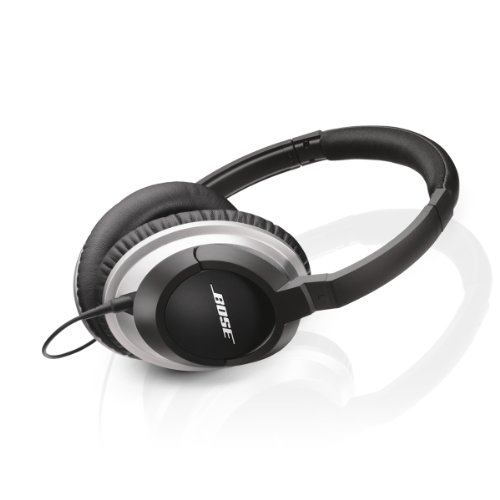To understand the purpose of electronic components, it is important to first have a grasp on the basics of electronics. Electronics is the study of how the flow of electrons can be manipulated to in a specific direction and at a certain strength in order to cause desired reactions on mechanical devices. This process has been utilized for years to increase the efficiency of the world around us and how we relate with it. Although electronics has advanced tremendously, the basic components used in the field have stayed the same; each small piece has its purpose and cannot be overlooked.
Some of the main electronic components are:
Resistors - A resistor is a component that is used to resist the flow of electricity, allowing only the desired amount to flow through. These can be extremely useful in allowing a control knob to work, because the setting chosen will relate to the resistance level. Resistor strength is measured in OHMs, but since there is generally a high resistance level, the prefixes kilo(k) and Mega(M) are used to delineate the strength. The strength is displayed on the component by using a set of colors that each relate to a number between 1 and 9. Three colors displayed on the resistor can be added together to determine the strength: The first two colors determine the first and second digits, while the third provides the number of zeros.
Capacitors - Capacitors store a certain amount of electricity that a device can use when needed. Many devices require a quick burst of energy that could not be achieved without a backup energy source. The capacitor strength is measured in farads(F) and uses the prefixes micro (millionth), nano (thousand-millionth), and pico (million-millionth) to measure its strength. These components are extremely small, so similar to the resistors, the capacitors are color coded to display the strength.
Diodes and Transistors - These both deal with modifying the flow of the electrical current. Diodes, an example of which is a Light Emitting Diode (LED), serve as the "train tracks" for the current, allowing it to flow in one specific direction and maintain a certain strength. Transistors, which can either be NPN or PNP, are used to control or amplify the current to the desired strength. Both diodes and transistors are integral electrical components, and allow electronics to run smoothly.
These components may be small, but without them virtually every electronic device we use would be worthless. If you are new to electronics, it is better to leave repairs to a professional, but with a little experience, it is not far-fetched to be able to open up electronic devices and replace or modify these parts. It may be overwhelming at first, but learning the basics of electronics is like learning to ride a bike: Once you have the process perfected, you'll never forget it.


















